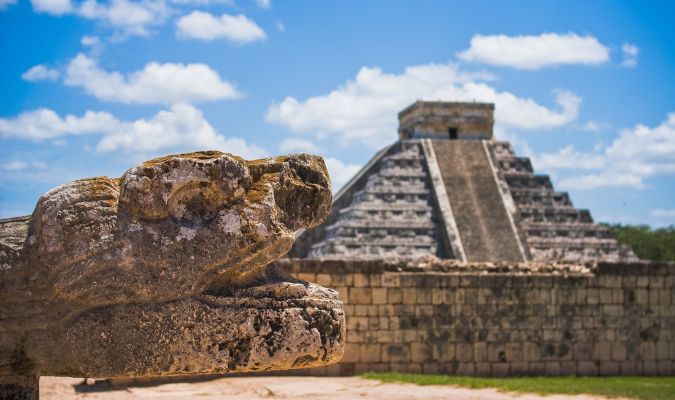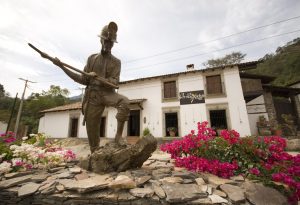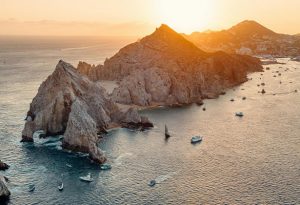The endlessly fascinating history of the Maya is a constant draw for travelers to Mexico. Who could resist the grand pyramids, the ancient temples, or the stories of human sacrifice and war?
But who were the ancient Maya? And what happened to their once-mighty ancient civilization? Read through this brief history of the ancient Maya to learn the basics of this captivating civilization.
Who were the ancient Maya?
Although the term “Maya empire” is still sometimes used, the civilization actually consisted of separate city-states, ruled individually from each other. These stood in modern-day Mexico´s Yucatan Peninsula and parts of Chiapas and Tabasco plus Guatemala, Belize, sections of Honduras, and parts of El Salvador.
No one government or royalty ruled over these city-states. Instead, they were connected by shared languages, religion, fashion, and behavior – although differences can be seen from city-state to city-state.
History of the Maya: In Brief
The earliest Maya communities started settling from around 1800 BC. In this time, the ancient Maya lived a relatively simple village life, working the land for their food. This early period, which runs until around 250 AD, is known as the Pre-Classic Period and saw great advancements in pyramid building, city development, religion, and math.
The peak of the ancient Maya civilization, known as the Classic Period, is generally considered to have run from 250 AD to 900 AD. In this time, the majority of the grand temples, pyramids, and ball courts that tourists visit today were constructed.
When did the Maya disappear?
From around 950 AD to 1500 AD, known as the Post-Classic Period, the ancient Maya abandoned their cities. As to why… historians and archeologists are not sure. Plenty of reasons have been put forward, including war, overpopulation, a volcano eruption, and drought. But the true answer probably lies in a combination of factors.
However, the Maya didn’t disappear. There are still an estimated six million descendants of the ancient Maya living today, including around 300,000 Yucatec Maya in the Yucatan Peninsula, 120,000 Tzotzil-Maya, and 80,000 Tzeltal-Maya in the highlands of Chiapas, according to the History Museum of Canada.
Ancient Maya religion
The ancient Maya religion was polytheistic, with deities representing different aspects of daily Maya life. Itzamná, for example, was thought to be the ruler of the heavens and to have created writing, while Chaac was known as the god of rain.
Religious ceremonies, which were led by either kings, priests, or shaman, were often held to appease the gods. These varied in nature but could include bloodletting and sacrifices.
Did the ancient Maya make human sacrifices?
Yes, the ancient Maya did make human sacrifices. It was believed that human blood served as a form of sustenance for the gods and was therefore viewed as an act of offering. Typically, the victims would be prisoners of war, particularly those from the upper classes. However, children were also sacrificed as their blood was considered of greater value.
Human sacrifice was not a ritual from the beginning, however. Initially, the upper classes would engage in “auto-sacrifice,” in which they would pierce their own bodies and drain the blood before burning it. They would also sacrifice animals as well.
The act of human sacrifice, which appears to begin in the early Classic Period around 250 BC, is thought to have derived from the people who lived in the area of modern-day Mexico City.
Famous ancient Maya cities in Mexico
Chichen Itza
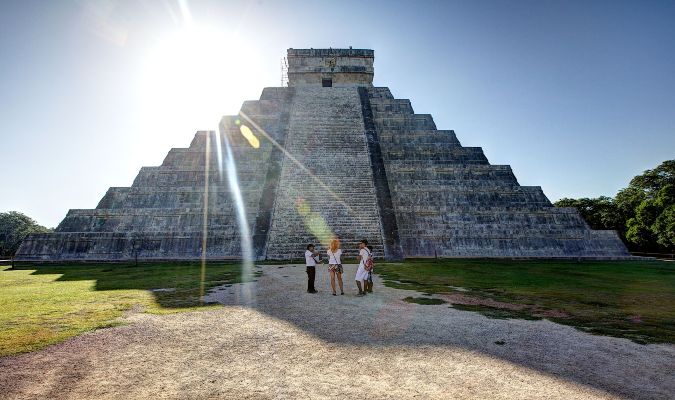
One of the most famous archeological sites in the world, Chichen Itza is an icon of Mexico. It’s believed it was formed around the beginning of the 5th century AD and hit its peak from the 7th century AD. Now, Chichen Itza is one of Mexico’s most important tourist attractions and, in 2007, was named one of the New Seven Wonders of the World.
Its most famous structure is undoubtedly El Castillo, also known as the Temple of Kukulkan, a large stepped pyramid sitting in the center of the site. Other ruins at Chichen Itza include The Great Ball Court, The North Temple, and the Temple of the Warriors. There’s also an on-site cenote in which human sacrifices were made.
Tulum
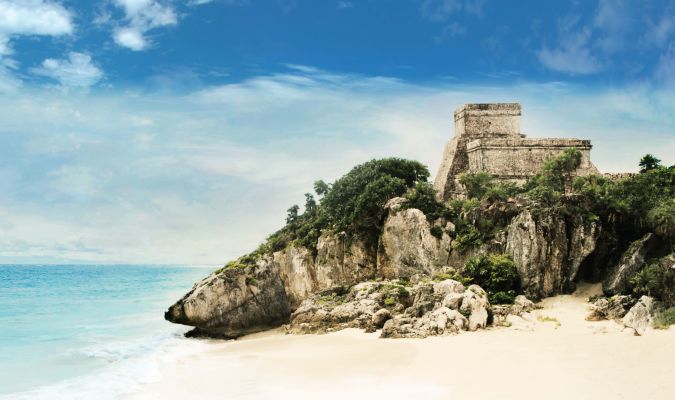
In the bohemian beach-side city of Tulum sits the only ancient Maya city in Mexico overlooking the Caribbean Sea. It’s thought the city reached its peak between the 13th and 15th centuries and was known for being a center of trade for jade and turquoise.
Now, along with Chichen Itza, it is one of the most popular archeological sites for tourists in the region. This is partly due to the stunning ruins that can be seen there, such as El Castillo and the Temple of Frescoes. But also thanks to the sheer beauty of the site, which overlooks the blue waters below.
Uxmal
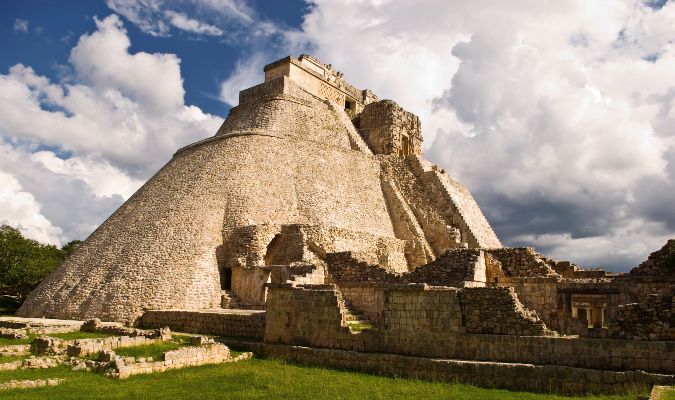
Not as famous as Chichen Itza, but no less spectacular, Uxmal was established around the 8th century AD and flourished for 300 years or so. A UNESCO World Heritage Site, Uxmal is home to some stunning structures, including the Pyramid of the Magician, a Maya ball court, the Great Pyramid, and the Governor’s Palace.
It’s also the beginning (or end) of the Puuc Route, a collection of five ancient Maya sites in the Yucatan that display architecture typical of the Puuc-Maya people. The other sites on the route are Kabah, Sayil, Xlapak, and Labna.
Coba
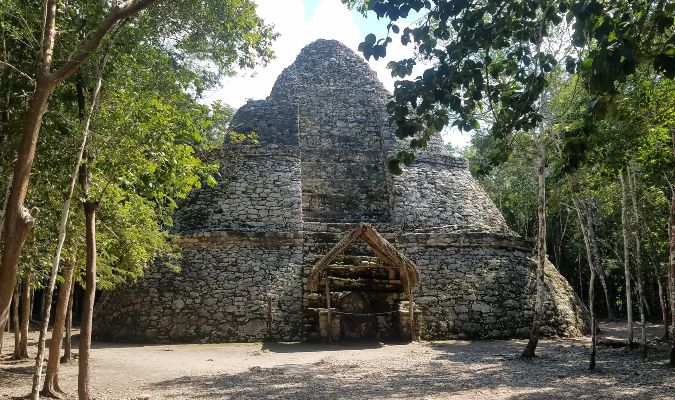
The ancient Maya city of Coba is thought to have been populated as early as the 1st century AD but truly hit its peak from around 600 AD to 900 AD. Around this time, it’s understood that around 50,000 people lived there, making it one of the most important city-states in the ancient Maya world.
Now, many of the tourists who explore the Coba ruins do so on bicycles, which makes it much easier to get around this sprawling site. Coba is also home to the Nohoch Mul pyramid, which visitors can climb for gorgeous views over the forest-covered landscapes.
Visit Mexico for an insight into the ancient Maya culture
The only true way to learn about and appreciate the history of the ancient Maya people is to visit the ancient ruins. To go on the ultimate exploration of the ancient Maya world, speak to a Journey Mexico Travel Planner who can arrange every detail of your vacation, from the moment you touch down to the moment you leave.
Not only can we organize stays in the finest hotels and resorts in the region, but we also enjoy access to the sites very few others can offer. This includes off-hours private tours of Chichen Itza and Tulum to see these incredible wonders without the crowds.
Visit our Plan Your Trip page to speak to an expert Travel Planner today.

